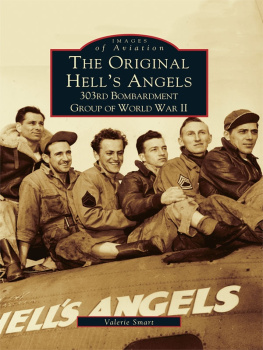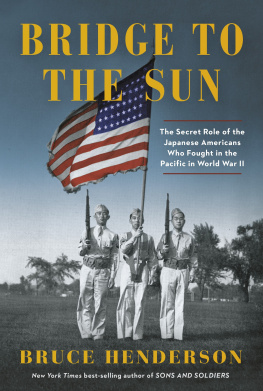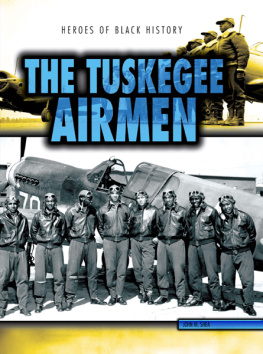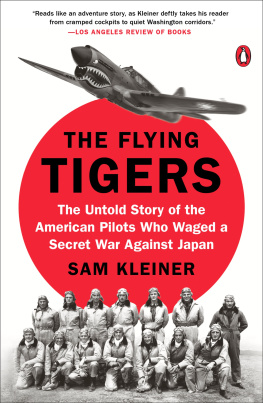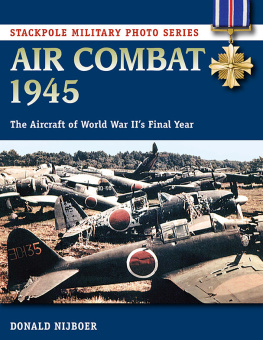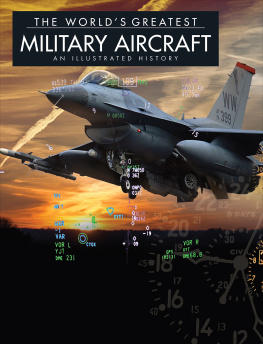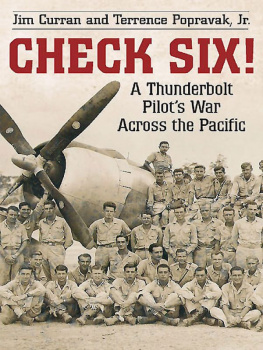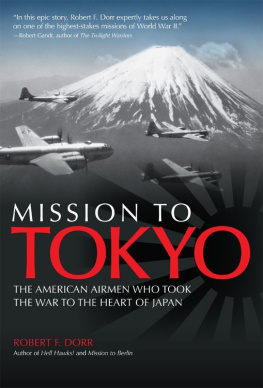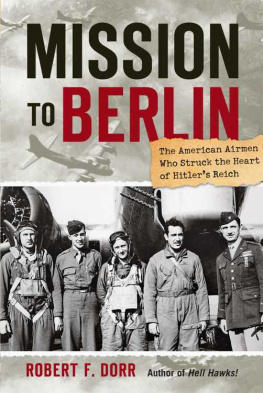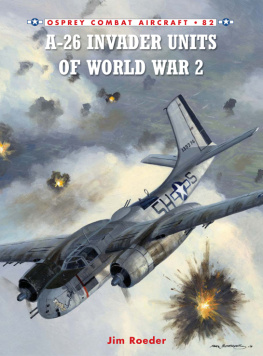FINISH FORTY
AND HOME
The Untold World War II Story
of B-24s in the Pacific
Phil Scearce
Number 5 in the Mayborn Literary Nonfiction Series
UNIVERSITY OF NORTH TEXAS PRESS
FRANK W. MAYBORN GRADUATE INSTITUTE OF JOURNALISM
DENTON, TEXAS
2011 Phil Scearce
Foreword 2011 University of North Texas Press
All rights reserved.
Printed in the United States of America.
10 9 8 7 6 5 4 3 2 1
Permissions:
University of North Texas Press
1155 Union Circle #311336
Denton, TX 76203-5017
The paper used in this book meets the minimum requirements of the American National Standard for Permanence of Paper for Printed Library Materials, z39.48.1984. Binding materials have been chosen for durability.
Library of Congress Cataloging-in-Publication Data
Scearce, Phil, 1962
Finish forty and home : the untold World War II story of B-24s in the Pacific / Phil Scearce. -- 1st ed.
p. cm. -- (Number 5 in the Mayborn literary nonfiction series)
Includes bibliographical references.
ISBN 978-1-57441-316-8 (cloth : alk. paper)
1. Scearce, Herman, 1925- 2. United States. Army--Biography. 3. Soldiers--United States--Biography. 4. Radio operators--United States--Biography. 5. Radar operators--United States--Biography. 6. B-24 bomber--History. 7. World War, 1939-1945--Pacific Area--Aerial operations, American. 8. World War, 1939-1945--Campaigns--Pacific Area. 9. Pacific Area--History, Military--20th century. I. Title. II. Series: Mayborn literary nonfiction series ; no. 5.
D767.9.S39 2011
940.544973092--dc22
[B]
2011016700
Finish Forty and Home: The Untold World War II Story of B-24s in the Pacific is Number 5 in the Mayborn Literary Nonfiction Series
to Diane
Contents
WE FOUGHT A SMALL WAR in the Central Pacific. Our numbers were not large but the percentage of men and planes lost was great. When I arrived in Hawaii in October of 1942, I was billeted in a barracks with the officers of four combat crews, sixteen of us in all. When I left the Pacific for home in March of 1945, there were four of us still alive and two of the four, Russell Phillips and Louis Zamperini, had spent two years in a Japanese prison camp. In a five-week period flying bombing missions over the Marshall and Gilbert Islands, we lost four crews and five airplanes out of eleven in the 42nd Squadron.
I finished my forty missions in January 1945. I was released as Squadron Commander and returned home on March 10, 1945, twenty-nine months after leaving.
This history brings back memories of the dear friends who gave their lives in this war and is a tribute to them and to all those, like Sergeant Herman Scearce, who laid their lives on the line and were blessed to survive. It is a comfort to know that this record has been written in remembrance of these patriots and of this part of our war in the Pacific.
Colonel Jesse E. Stay
United States Air Force, Retired
THIS BOOK IS ABOUT MY FATHER, Herman Scearce, and the men he served with during World War II, young airmen of the 11th Bombardment Groups 42nd Bomb Squadron. They fought almost anonymously in the early years of the war in the Pacific. By the time America turned its full attention to the Pacific war and 11th Group B-24 Liberator bombers reached striking distance of Japan, the glamorous new B-29 Superfortress arrived and took center stage.
My dad flew strike missions as a radio operator and gunner on a Liberator, staging from Hawaii to strike tiny Japanese-held island targets from island bases too small and poorly equipped to serve as permanent bases. These bombing missions were filled with the perils of enemy fighter interception, concentrated antiaircraft fire, and unforgiving distance. The 11th Group B-24s flew the longest missions of the war, over great expanses of featureless ocean where there was no room for the slightest navigational mistake and no alternative landing field for struggling aircraft.
My fathers squadron and the rest of the 11th Group worked their way up the Central Pacific. As American forces invaded and took Japanese islands, the 11th advanced and began flying missions against the next enemy target in the chain, battling closer with each step to the Japanese home islands. The goal for American bomber crewmen was to get credit for forty strike missions, a goal that seemed impossibly out of reach in the beginning. Some, like my dad, finished forty and got home, but many men werent so lucky.

This book was constructed from interviews and correspondence with long-lost squadron mates and other B-24 veterans, along with personal visits with my fathers former pilot and Squadron Commander Joe Deasy in Boston, crewmate Ed Hess in Chicago, crewmate and best buddy Jack Yankus in Tempe, and the surviving family of crewmate Bob Lipe in Columbiana, Ohio. Interviews and correspondence were supplemented by many hours of research at the Air Force Historical Research Agency in Montgomery, Alabama, and the National Archives in Washington, D.C. In some cases, names have been changed to protect the identity of individuals.
The book includes reconstructed dialog, which is based on the memories of the men interviewed for the book. Dialog is faithful to their recollection of events and true to the personalities of men I met and others they remember. The clarity of their recollection was sometimes so perfect that separate individuals remembered the same exchange of dialog after more than sixty years.
This book is also the product of a World War II veterans son trying to learn all he could about his dads war experiences, beginning when I was a little boy riding along in the car with him, listening to his stories. I loved riding with my father, it didnt matter where, because during those car rides it was just me and Dad and his stories. The stories transported me in my imagination and I never grew tired of hearing them. During those rides Dad would say, Ill let you be the radio operator. Looking back on those years today, I cant say when I realized what it really meant to be the radio operator. But I do sense the familiar feeling of wanting to ride along.
I AM GRATEFUL TO GEORGE KAY, an 11th Bomb Group B-24 veteran, who insisted on sending me his personal copy of Grey Geese Calling, the Groups history, after I contacted him to talk about his experiences. His generosity impressed me, and our conversation was among the first with many veterans I interviewed or corresponded with during my research. Without exception, they were patient with me and eager to share.
Jack Yankus welcomed me into his Tempe, Arizona, home and talked with me about his experiences as a B-24 flight engineer. He shared stories about my father which I could have heard from no other source. After meeting Jack Yankus, I understood why he and my dad had become such great friends.
Joe Deasy spent a day with me in his sons home in Framingham, Massachusetts, where we pored over old photographs that inspired stories, and he chatted with me for hours about the men and missions of the 42nd Bomb Squadron. I was especially honored to meet Joe Deasy, because my father held him in such high esteem.
Joe Deasys son Jim Deasy spent a day facilitating my visit with his dad, hauling us around Boston and making the trip much easier for me. Jim also found and duplicated valuable photographs from his fathers collection, published here for the first time.
Ed Hess, whom I met in Bridgeview, Illinois, also opened his home to me, and I was amused when he seemed genuinely thrilled to have me there. Ive got Herman Scearces son in my house! he said, and I understood more clearly why the veterans I met were so gracious: they appreciated what I was doing, but more importantly, they remembered and respected my dad.
Next page

